Naqsh-e Jahan Square
Naqsh-e Jahan Square or Meidan Emam (in Isfahan, Iran) is the second largest square in the world after Tiananmen Square in China. This square covers an approximate area of 80,000 square meters. Generally, Naqsh-e Jahan Square is a 163 by 512 meters rectangle. The construction of this square is attributed to Shah Abbas I. He chose Isfahan as his capital for various political and geographical reasons. In 1602, he ordered Master Ali Akbar Isfahani to build a large square in the area where the four vineyards of Naqsh-e Jahan used to be. Since then, each corner of the square have been dedicated to important governmental, religious, educational, and economic centers. The square was designed and built in a way that all the elements of Isfahani style architecture were met beautifully.
The square and the astonishment of its travelers
To enter the city of Isfahan, the Caravans had to enter from Baghoosh khaneh and Toghchi Gates. Then, after passing through Isfahan Grand Bazaar, these Caravans would have reached the northern entrance of the square. For some reason, they were first invited to specific rooms. Accordingly, they had to stay and wait in these rooms before receiving their bearings. Now, all this was not without any purpose. As mentioned before, there was a reason behind this way of organizing the caravans’ entrance. To be more precise, it should be mentioned that the windows of these northern rooms faced the square. In this way, the square would seem miraculously lengthened in its visitors view. This in itself astonished the travelers. This astonishment and surprise were all a result of the masterful design of Master Ali Akbar Isfahani. With perfect mathematical and scientific calculations, he designed a square in which the rules of perspective were observed to the highest degree. Moreover, these elements of perspective symbolically represented the splendor of the king and his glorious capital.
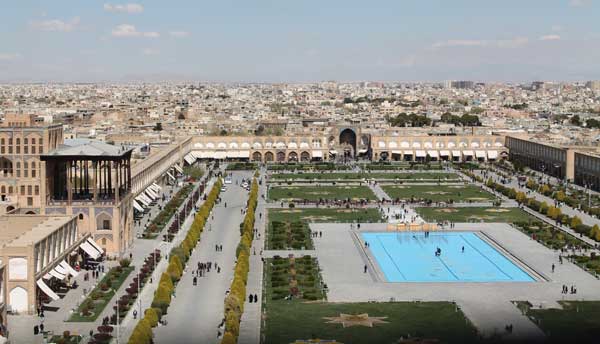
Elements of Naqsh-e Jahan Square
All around the square is covered by two-story rooms. From the Pahlavi era (1950s), the lower floor rooms have been used for presenting and selling several handicrafts of Isfahan. However, the upper floor rooms were used as workshops for these Handicrafts.
The lightning of the square
Shah Abbas paid much attention to the lightening of the square during the night. Especially, when a religious or national ceremony was taking place or even during the stay of ambassadors. For this reason, 50,000 fires were lit at night in a special part of the openings of the rooms on the upper floor of the square. This would have created a pleasant ambiance in the darkness of the night. Interestingly, the lighting expenses were covered by the tax income of prostitutes who were official workers and paid taxes.

The story of the series of pavements in the square
The middle area of the square was covered in some parts with grass and in the other parts by paving stones and fountains. Actually, some of these reforms are attributed to the Pahlavi era. Originally, before the Pahlavi era, the middle ground of the square was covered by dirt. According to the travelogues of Jean Chardin (French Traveler and artist), there was only a ghetto for watering the square which circled around the square and came out on the other side. During Safavid Dynasty, sycamore trees were planted around the square. These trees were replaced during the Pahlavi era. Today, the pavements, trees, and all other reformations are all attributed to the reformations of the Pahlavi era.
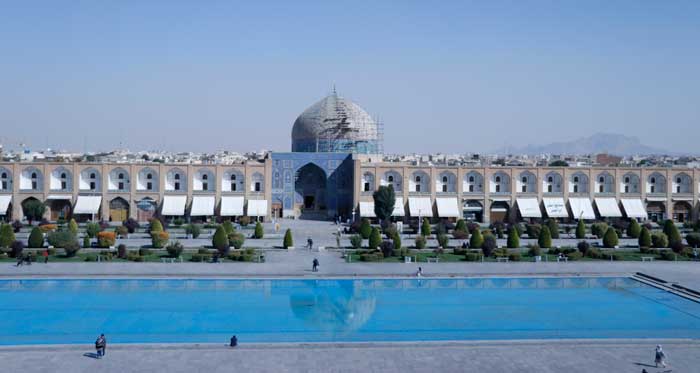
An entertainment center for the public and royalties
There were many entertainment activities and games that were held in this main square of the city. Shah Abbas himself sometimes participated in these activities. For example, there was a bar called Qopoq. This bar was located in the center of the square right in front of Sheikh Lotfollah Mosque. Strangely, the Qopoq was sometimes used as a gallows for executing the criminals and sometimes as a mean of entertainment for skilled commanders and shooters. For this entertaining activity, they would place a bowl of gold coins on the top of this bar. Anyone that could have hit the bowl with an arrow while riding on a horse, could have collected its coins as a prize.
As for another entertaining activity, the ancient game of polo was highly favored by Shah Abbas. Today, on the northern and southern poles of the square two pairs of polo posts can be seen. Polo is a sport that is played by two teams, each with 4 players on their shorter breed horses. Each team player, on his horseback, had to lead the ball to the opponent’s goal post with a specific polo handle. It is worth mentioning that the polo game has been registered as one the UNESCO Intangible Heritages of Iran. As mentioned before, Shah Abbas was much interested in this sport and time to time joined the players. He would spend some of his time on the field playing to entertain himself. In times when he did not participate in the games, he would have been watching the games from the balcony of Ali Qapo Palace.
Naqsh-e Jahan Square has hosted something like the famous Spanish bull fight. In a similar way, several wolves were unleashed in the square. The players who were some ordinary people had to run away from these wolves in various ways. They would lead the wolves away from each other by making noises. Overall, this game would entertain the people and also the king who would watch this exciting and horrifying game from the balcony of Ali-Qapu Palace.

The Square and The Economic opportunities
During the Safavid dynasty, with an exception of the times of war and such, performers and people with different professions could choose a corner around the square and get busy in their work. Jean Chardin (French Traveler and artist) in his travelogues mentions that while visiting Naqsh-e Jahan, he saw merchants, clowns, singers, story tellers, and physicians. Each of these group of people were busy with doing something. Some of them were entertaining people, some would make them cry, and some were providing services such as selling their products and such. The Social security was so high that these sellers, after the sunset, would only cover their products with a blanket and leave for home. No thief would dare to even touch any of the stuff. Perhaps this was due to a law enacted by Shah Abbas to the effect that if something was stolen from someone, the sheriff must have either find and punish the thief or bear the cost of the stolen property himself. A specific day of the week was also dedicated to rural vendors so that they could also sell their agricultural products and handicrafts. In this way, the rural economy was also strengthened.
A suitor for the square from the Safavid royalty
During the Qajar dynasty (two dynasties after the Safavids) in the 1920s, a person named Sarem al-Dawlah, the son of Zol al-Sultan, was chosen as the governor of Isfahan. He claimed to be the rightful owner of this square that was considered as a public heritage. This claim originated from the fact that Sarem al-Dawlah still considered himself a part of the Safavid royalty. Finally, he was able to obtain the ownership of the square. Consequently, he donated all the proceeds from the square to the school. During the first Pahlavi era, the mayor office saw the need to make changes to the square. This decision was opposed by Sarem al-Dawlah. For this, the mayor office was forced to rent the square for 99 years from Sarem al-Dawlah.
Naqsh-e Jahan Square today
Annually, thousands of local and foreign tourists visit Naqsh-e Jahan Square. They come all the way to Isfahan to see this magnificent city, which according to Nasser Khosrow (Persian Traveler) was once the largest and most virtuous city in Persia. Meidan Emam has always been and will always be a great place with a peaceful ambiance for its visitors.
Frequently Asked Questions about Naqsh-e Jahan Square
Naqsh-e Jahan Square is open:
Sun – Sat 12:00 AM – 11:59 PM
(0.54 mi) Narcis B&B
Attractions near Meidan Emam:
(0.03 mi) Sheikh Lotfollah Mosque
(0.06 mi) Ali Qapu Palace
[avs_related_entries]

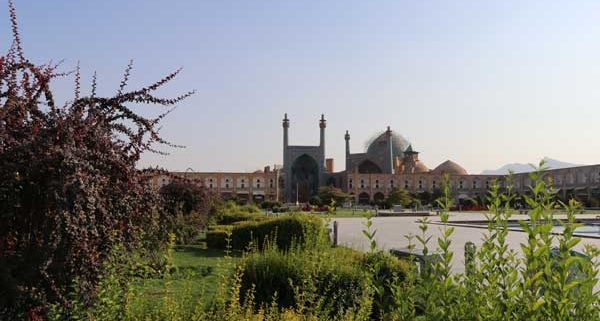
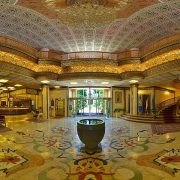
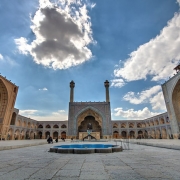
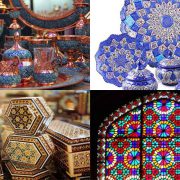
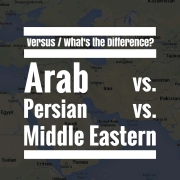
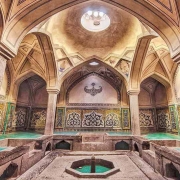
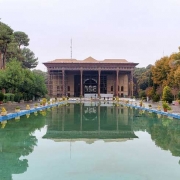
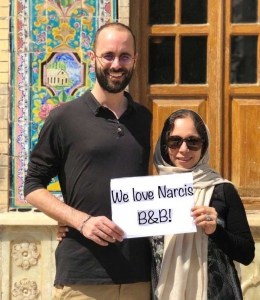




Leave a Reply
Want to join the discussion?Feel free to contribute!